The Green Book, which helped millions of African Americans in the 20th century
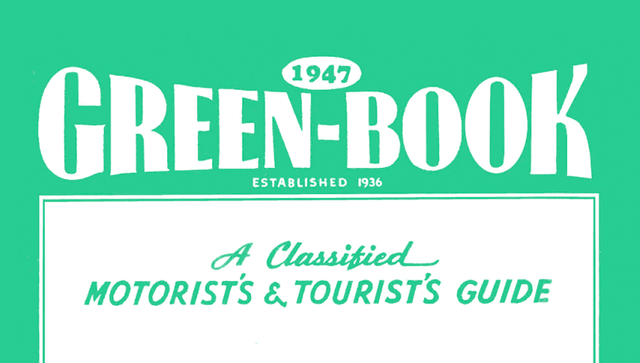
For anyone living in modern times, the issue of traveling within the same country is often only money-related. No matter how long the road is, there is no real problem finding hotels and restaurants along the way offering shelter and food until the journey is completed. In fact, until the 1960s in the United States, blacks (of African descent) and any other non-European ethnicity were suffering because of the laws of apartheid.
A very brief history of apartheid in the United States
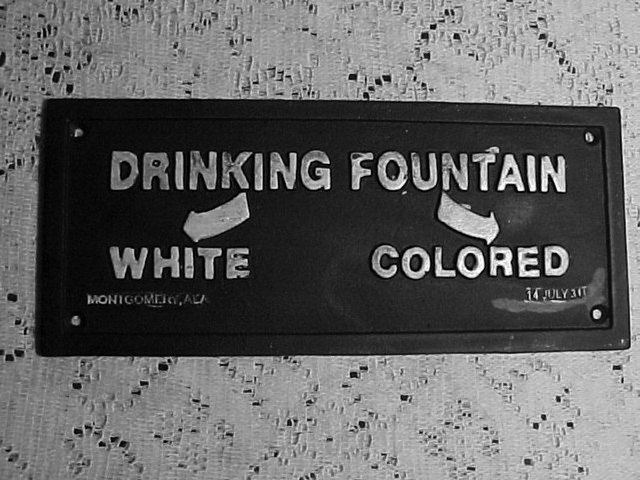
During the apartheid period within the United States, the sign of the white and the other monolithic facilities was very common and familiar.
Most people may know the story of the American Civil War that took place between the South and the North in the middle of the 19th century, ending with the Northern Victory and ending slavery in the southern states. Of course, the white people of the southern states were not really satisfied with the emancipation of the slaves because it was economically harmful to them, and they feared that former slaves would have equal rights to their imaginary supremacy, which they imagined as "the highest race".
Of course, the northern states were not really different. Although they had ended slavery before the South for years and even fought the south to end slavery, the attitude towards other ethnicities was not entirely positive, and they always considered them to be less than their European counterparts, A bill of laws called the "Jim Crow Laws" has been issued to separate whites from other races (Africans, Asians, Middle Easterners, Latins and others) in all public facilities and to allow private institutions to refuse the "colored" service.
Of course, the facilities for the colorists were worse than their egg counterparts, but the basic problem was not here. As most Americans were white and had all the commercial, service and other facilities, racism seemed to be very clear in every corner of life, so your skin color determines what you can eat In the restaurant, or you will get out of there and the effects of beating on your body, or you can stay in a hotel on the road or you will sit in the vacuum forced.
Where did the idea of the Green Book of Negro Drivers come from?
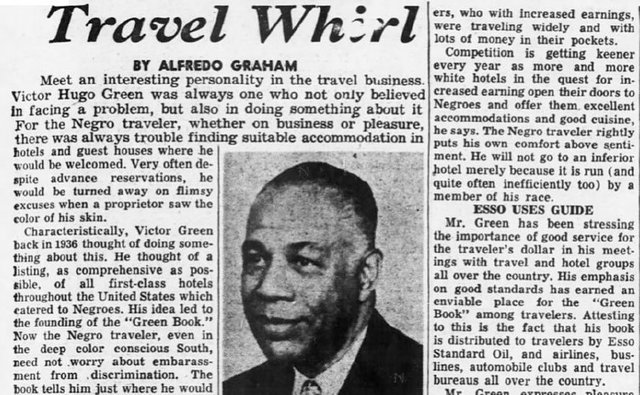 He photographed an article from an old newspaper about Green and his book
He photographed an article from an old newspaper about Green and his book
With the advent and spread of cars at the turn of the 20th century, African Americans were the most people in need of these private transport, and the reason here is not that their business requires them, but that public transport is very bad for them. African assets must abandon their seat immediately if requested So, he has no right to sit in the front while the whites sit behind him. Of course, the fact that most of the African origins were very poor led to a few black people who owned cars, but those who got cars had a problem of another kind.
Of course, the car was the perfect alternative to public transport then, but the car needs constant maintenance and repair when it is disrupted, and long journeys used to require the constant stop in cheap hotels and small restaurants along the way, and with many places that refuse to serve blacks in the United States, It was logical to try to archive shops, restaurants, hotels and repair shops dealing with African descent.
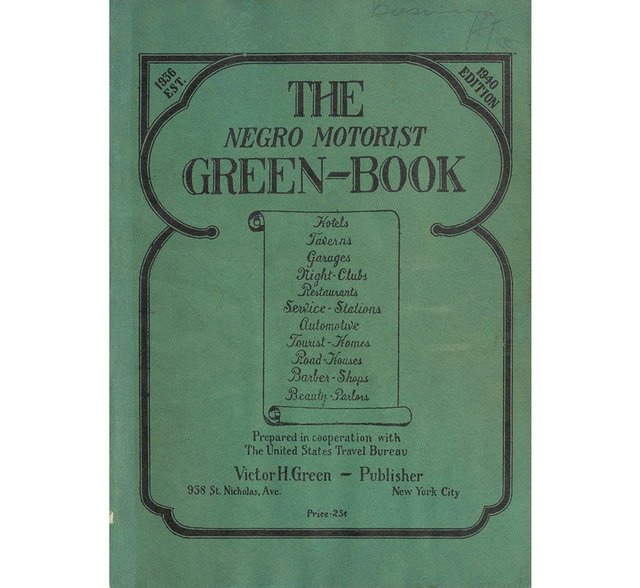 The 1940 edition of the Green Book, which was sold for $ 0.25
The 1940 edition of the Green Book, which was sold for $ 0.25
The content of the book and its publications
Most people know what is known as the "Yellow Pages Guide", which included most types of shops and industrial establishments, and is generally the ideal solution for services and access to the best and closest to you. Of course, the yellow pages are now in the past with the dominance of the Internet in this area, but at the turn of the twentieth century it was still a very new and successful idea, which Green partially reproduces to include companies and institutions that do not mind serving blacks.
In 1936, the first edition of the book was published in New York for only 25 cents (a quarter of a dollar then, and about $ 18 at the day's prices). ), And from there it was a great success and widespread and soon to be spread throughout the United States by the following years.
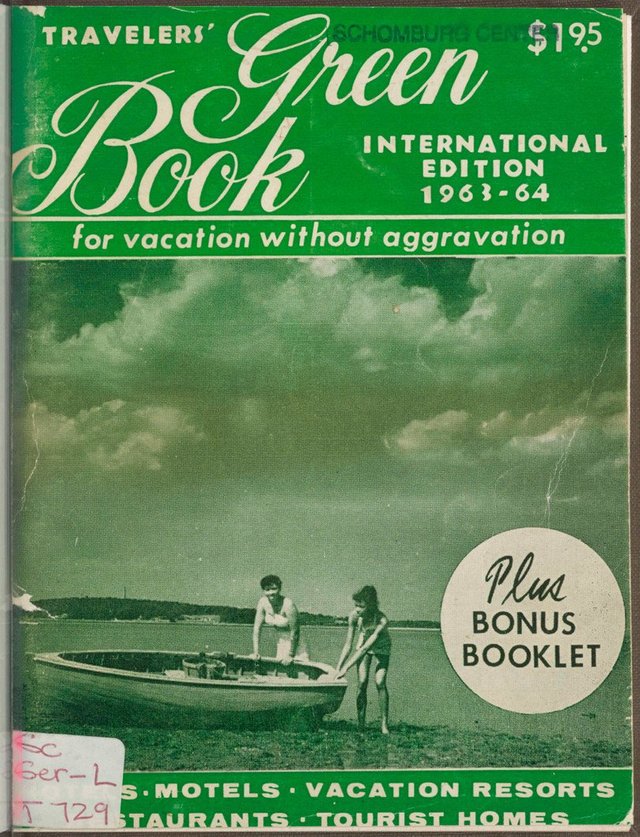 One of the last editions of the Green Book just a few years before it was completely discontinued.
One of the last editions of the Green Book just a few years before it was completely discontinued.
After the start of publication, Green left his work at the post office and began to publish and distribute the book permanently with a permanently growing staff. By 1949, the directory had grown to more than 80 pages and continued to grow steadily thereafter.
Green later opened his own travel agency, but continued to publish the book until his death in 1961. The last edition of the book was published in 1966, ending a 30-year march.
Socio-economic impacts of the book
When the book began to appear in 1936, the number of blacks who owned and drove cars was very little. In fact, despite all the suffering of public transport, the purpose of owning a car can not be repaired or used for travel. The increase in the number of blacks who are able to use cars in a real way has given them options that help them to live with the reality of bad and unjust for them.
 For millions of African-Americans, the book was a key factor in greatly facilitating life, and its contribution to strengthening the civil rights movement during that period
For millions of African-Americans, the book was a key factor in greatly facilitating life, and its contribution to strengthening the civil rights movement during that period
On the other hand, the book helped to force black-run institutions to upgrade their services. In the past, they had permanent customers who had no other options, which meant they could charge the usual price for services even though the quality was much lower than that of institutions Others, the customers here are forced to deal with them, but when you've come up with many options available and indexed this change of course, of course.
The last and perhaps most important aspect of the book's impact is the fact that many companies and businesses are aware that the market for black people is big enough and lucrative that it can not be ignored. Dozens of white companies and institutions have started advertising in the Green Book to get more customers from Dark-skinned.
These factors significantly reduced the impact of the existing apartheid laws and greatly helped to strengthen civic mobility in the United States, which later succeeded in ending apartheid laws and enforcing laws that would promote equality and prevent discrimination or refuse to serve people according to their race.
Resources



Sneaky Ninja Attack! You have just been defended with a 1.72% upvote!
I was summoned by @aboeluosr. I have done their bidding and now I will vanish...
woosh
A portion of the proceeds from your bid was used in support of youarehope and tarc.
Abuse Policy
Rules
How to use Sneaky Ninja
How it works
Victim of grumpycat?
Me, the bad plankton likes your posting, @aboeluosr. We have to learn to walk before we can run. With a helper, a thousand things are possible to do by me.